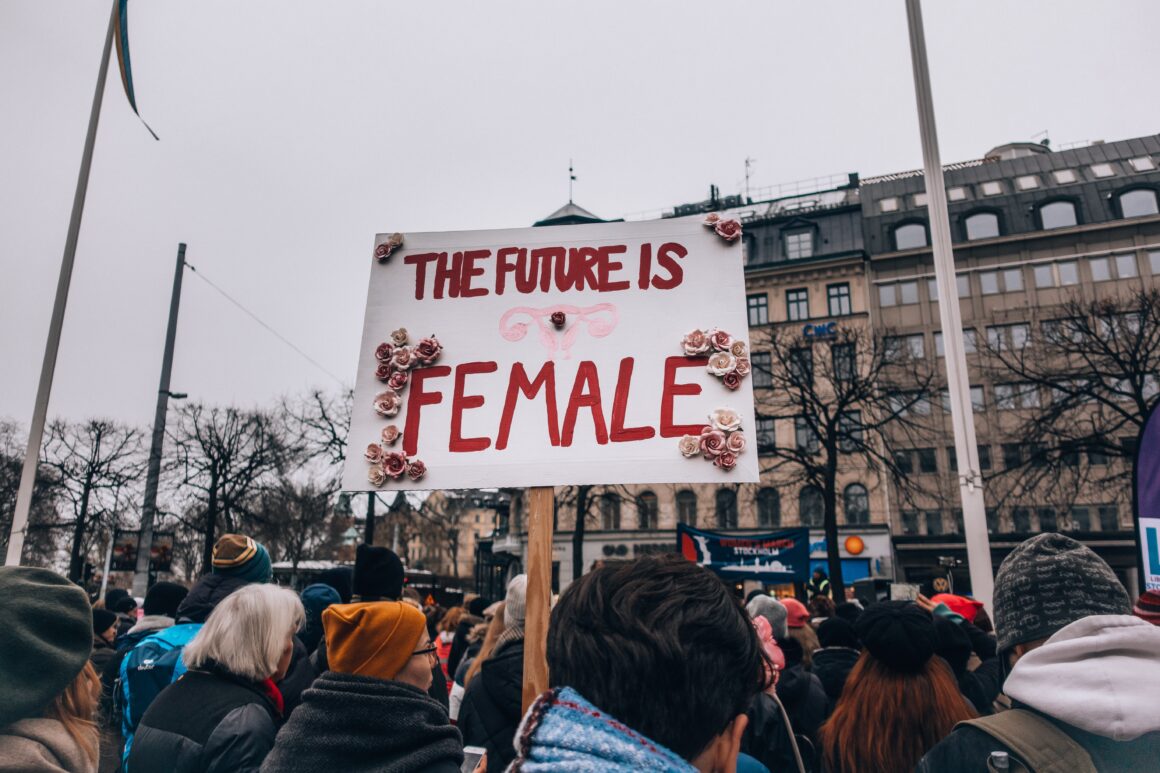The word femicide was first used at the beginning of the 19th century. Feminist author Diana E. H. Russell defines the word as “the killing of females by males because they are females”. Depending on the cultural and social background, the meaning of the word can change. But even if it isn’t a part of most dictionaries, 16 Latin American countries have legislated against it. The reason? Every 31 hours a woman dies in Argentina. Every day fifteen women die in Brazi,l and almost 2,000 women die annually in Mexico.
Fourteen out of the 25 countries with the most femicides are a part of Latin America, but sadly, the impunity for the crimes is 98%. Most of the cases don’t even go to trial and those that do take years to process.
Many cultural, economic, religious, political and social aspects form part of the reasons why there are so many femicides in these countries. Most of the crimes are attributed to domestic violence due to the strong presence of a misogynistic culture that is taught to children as a way of living.
Such is the case of 16-year-old Lucía Pérez, who was abducted outside her school, drugged, and brutally gang raped in Argentina. Or the case of Alessa Flores and Itzel Durán, two transgender women, sex workers and activists who were found dead in different parts of Mexico. Florencia was only 10 years old when her stepfather suffocated in Chile. Yuliana Samboní, a seven-year-old girl from Colombia, was kidnapped and killed. María Lanzetti, a teacher from Argentina who was killed by her husband in front of her classroom.
These cases and the names of these women are being forgotten by the media and by the government. They take away their faces so they can only form part of terrible statics.
Karla Micheel Salas, a Mexican lawyer who litigated the first case of femicide in the Inter-American Court of Human Rights in 2008, told Univision News:
“Behind it is a culture of discrimination, of misogyny, where these criminals are demonstrating that the woman’s body belongs to them, that women belong to them. When they are murdered they are not only deprived of life, but of any symbol of humanity that would make them recognizable.”
Univision News has gathered data on femicides in 18 Latin American countries. The numbers are horrible and they seem to only be getting worse.
We seem to know the numbers, but what about the victims? Are we doing something for them?
Twenty years ago, Mexican women from all over the country fought against gender-based violence after the terrible amount of femicides that were happening in Ciudad Juárez. That was the beginning of a movement that is now taking place all over Latin America. On June 3, 2015, more than 300,000 people marched in the streets of Argentina against these terrible crimes. NiUnaMenos (not one woman less) was born, a movement that now has a presence in Uruguay, Peru, Chile and Mexico. Other movements such as VivasNosQueremos (we want ourselves alive), PrimaveraVioleta (violet spring) and MiPrimerAcoso (my first harassment) have been born ever since. And by gathering strength in social media, they don’t seem to be slowing down anytime soon.
Justice must be granted to the victims and to everyone that has suffered. Governments should provide the safety and respect they deserve.
Women and girls in Latin America are tired of getting killed simply because they are women. They are tired of a culture that validates sexual harassment, catcalling, exaggerated masculinity and dominance. They are tired of living in ‘the worst place on earth to be a woman’. And they are ready to change that.


